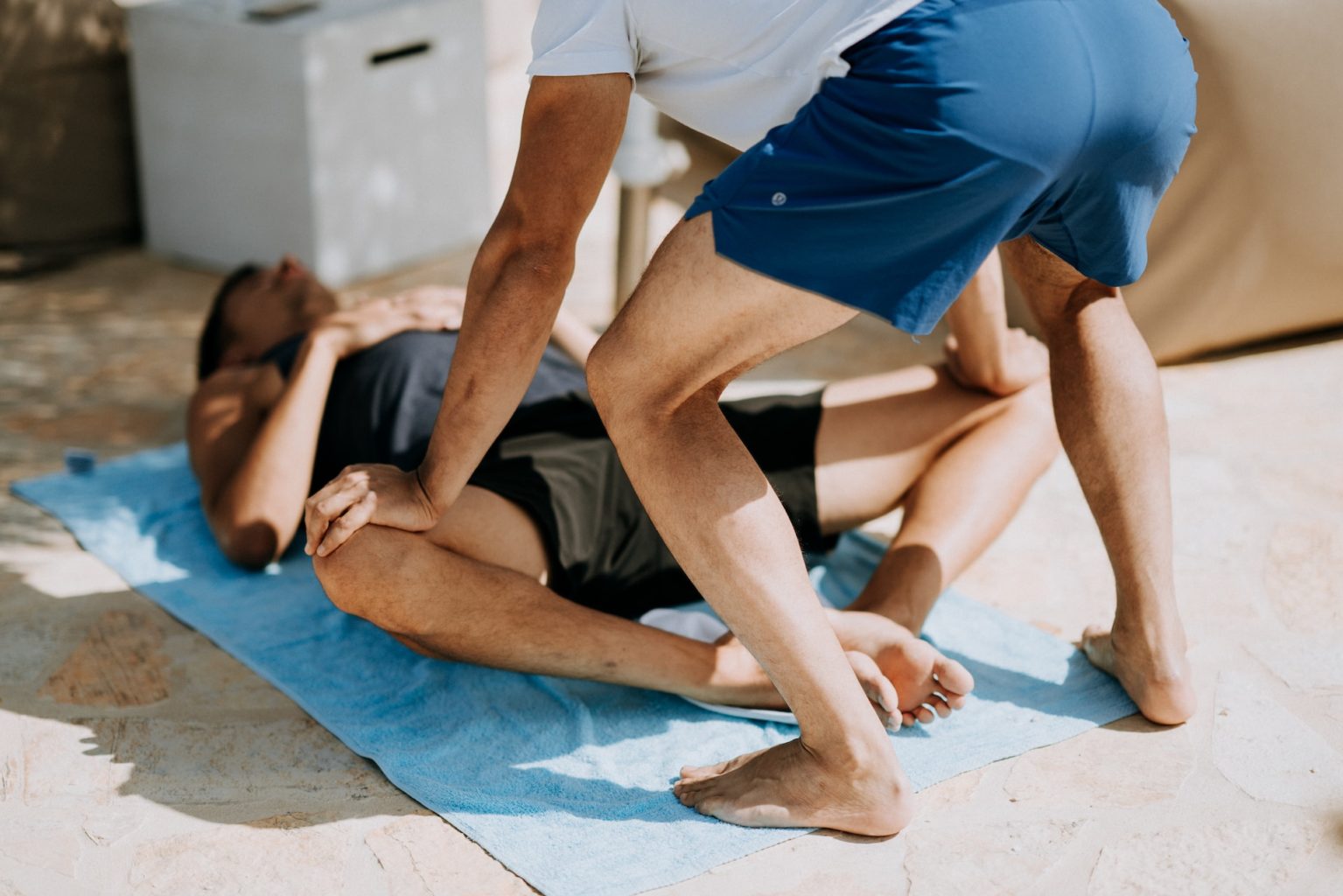Home exercises for osteoarthritis

Home Exercises for Osteoarthritis – A Guide to Pain Relief and Improved Mobility from Home
Introduction: If you are living with osteoarthritis, you probably already know how important it is to strengthen and keep your joints moving. In this article, we will explore the importance of home exercises in osteoarthritis, how they can help relieve pain and improve mobility, as well as provide you with a list of recommended exercises for different parts of the body affected by osteoarthritis.
Understanding osteoarthritis
Osteoarthritis is a degenerative disease that affects the joints. The cartilage in the joint gradually wears down and this can result in pain, stiffness and reduced mobility. Osteoarthritis can affect any joint in the body, but most commonly it affects our large weight-bearing joints, such as the back, hips and knees.
Causes And Symptoms Of Osteoarthritis:
There are several factors that can contribute to the development of osteoarthritis. Some of these are ageing, heredity, obesity, previous injuries and overuse of the joints. The symptoms of osteoarthritis can vary depending on the joint affected and the health status of the person affected. The most common symptoms are pain, stiffness, swelling and reduced mobility.
Why Home Exercises Are Important for Osteoarthritis
Exercising with different home exercises can provide several benefits for people with osteoarthritis, including:
Improved mobility: The right type of exercises performed regularly can help improve joint mobility.
Pain relief: Home exercises can also help relieve the pain and discomfort associated with osteoarthritis. By strengthening the muscles around the affected joints, you can relieve pressure on the joints, thus reducing pain and inflammation.
Strengthening muscles: Osteoarthritis can lead to a weakening of the muscles around the affected joints. By performing specific exercises, you can strengthen these muscles and provide better support and stability to your joints.
Improved Mobility and Pain Relief from Home:
Being able to perform home exercises is beneficial for working on your osteoarthritis. You can adapt the exercises to your own needs and do them at your own pace. This gives you flexibility and the opportunity to adapt your training to how you feel.
Strengthening Muscles in the Comfort of Your Home:
An important aspect of home exercises for osteoarthritis is that they focus on strengthening the muscles around the affected joints. By regularly exercising these muscles, you can help reduce pressure on the joint as well as provide stability and support. Strong muscles can also help prevent further injury.
Recommended Home Exercises for Osteoarthritis
Here are examples of some specific home exercises for different parts of the body that can be affected by osteoarthritis. The exercises are divided for the back, neck, shoulders, hips, knees, ankles, wrists and fingers.
Home exercises for the back:
Back stretch: Lie on your back with knees bent and feet flat on the floor. Place your hands behind your head and use your abdominal muscles to lift your shoulders and upper body off the floor. Hold for a few seconds and then gently lower back to the starting position.
Home exercises for the neck:
Neck rotation: Sit or stand with a straight back. Turn your head to the right and hold for a few seconds. Then return to the starting position and repeat to the left.
Home exercises for the shoulder:
Shoulder rotation: Sit or stand with your arms hanging by your sides. Lift both shoulders up and back, and rotate them in a circular motion. Do a few repetitions in one direction and then in the other.
Home exercises for Hip:
Side leg lift: Lie on your side with your legs straight out. Lift the top leg as high as you can without bending it, then slowly lower it back. Repeat on the other side.
Home exercises for Knee:
Squats: Stand with your feet shoulder-width apart or wider and slowly bend your knees until you reach a comfortable position. Hold for a few seconds and then stand up again.
Home exercises for Ankle:
Foot rotation: Sit on a chair with your feet flat on the floor. Lift one foot and rotate it in a circular motion. Repeat in the other direction and then switch to the other foot.
Home exercises for Wrist:
Hand strengthening exercise: Sit at a table with your elbows bent and forearms placed on the table. Hold a ball or soft toy in your hand and press it down against the table for a few seconds. Relax and repeat.
Home exercises for Fingers:
Finger stretching: Stretch your fingers out as much as possible and hold them in that position for a few seconds. Relax and repeat.
It is important to remember that these exercises should be performed with caution and adapted to your own ability and pain tolerance. If you experience any discomfort or pain during the exercises, stop and consult your doctor or physiotherapist.
Fascia Treatment as a Complement to Home Exercises
Fascia therapy can be a valuable addition for people performing home exercises for osteoarthritis. Fascia is the multidimensional network of connective tissue that surrounds and supports our muscles, joints and organs. A fascia treatment can loosen tightness and reduce tension, thereby providing pain relief, improving mobility and muscle relaxation.
Summary
Including home exercises as part of your osteoarthritis treatment is an important approach to relieve pain and improve mobility. Strengthening the muscles around the affected joints can provide support and stability to your joints, while reducing the strain on them. Remember to adapt the exercises to your own ability and pain tolerance, and be sure to consult your doctor or physiotherapist if you have any questions or concerns.
Fascia treatment at the FasciaClinics can be a valuable addition to your home exercises. By targeting the fascia in the body, treatment can help provide additional pain relief and improved mobility. Contact the Fascia Clinics for more information on how you can benefit from home exercises and fascia treatment to best manage your osteoarthritis.
References:
Hochberg MC, et al. (2012). American College of Rheumatology 2012 recommendations for the use of nonpharmacologic and pharmacologic therapies in osteoarthritis of the hand, hip, and knee. Arthritis Care Res (Hoboken), 64(4):465-74.
Fransen M, McConnell S, Harmer AR, et al. (2015). Exercise for osteoarthritis of the knee. Cochrane Database Syst Rev, (1):CD004376.
McAlindon TE, et al. (2014). OARSI guidelines for the non-surgical management of knee osteoarthritis. Osteoarthritis Cartilage, 22(3):363-88.
Skou ST, et al. (2018). A Randomized, Controlled Trial of Total Knee Replacement. N Engl J Med, 379(25):2466-76.
Silva LE, Valim V, Pessanha AP, et al. (2012). Hydrotherapy versus conventional land-based exercise for the management of patients with osteoarthritis of the knee: a randomized clinical trial. Phys Ther, 92(3):367-77.
 Search
Search


































